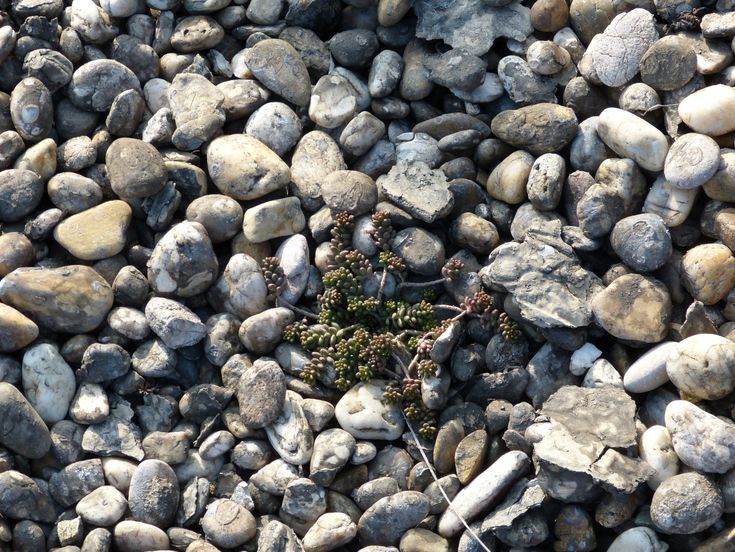Analysis and evaluation of the phytodiversity of extensive green roofs in comparison to flat roofs with spontaneous vegetation in Vienna
Green roofs are man-made ecosystems designed to fulfill ecosystem functions in urban environments. Extensive green roofs (< 20 cm substrate depth) in particular are becoming increasingly popular worldwide as they can assist in building insulation as well as having a positive esthetic impact on the urban population. While there are numerous studies documenting the hydrological impact of green roofs, like the temperature-lowering effect of extensive green roofs on urban climates, research on their impact in terms of biodiversity – and of phytodiversity in particular – is unfortunately lacking, despite the fact that green roofing is considered an important factor for increasing urban biodiversity. This study aims to examine green roof phytodiversity by sampling the vegetation on 20 extensive green roofs in Vienna. Comparison with the spontaneous vegetation existing on 20 unplanted flat roofs serves to determine whether green roofs function as corridors for the spreading of plant species in urban areas. A survey of abiotic parameters as well as of biomass will allow the development of measures for the optimization of green roofs with the goal of promoting species diversity as per the specifications of the Viennese Nature Conservation Agenda. The documentation of phenological development will provide additional information on the relevance of the 40 surveyed roofs in regard to animal ecology. The manifold analyses will occur within a single vegetation period, and the results of the study shall be published scientifically as well as being presented to the population of Vienna by way of a guideline pamphlet or other appropriate media.

